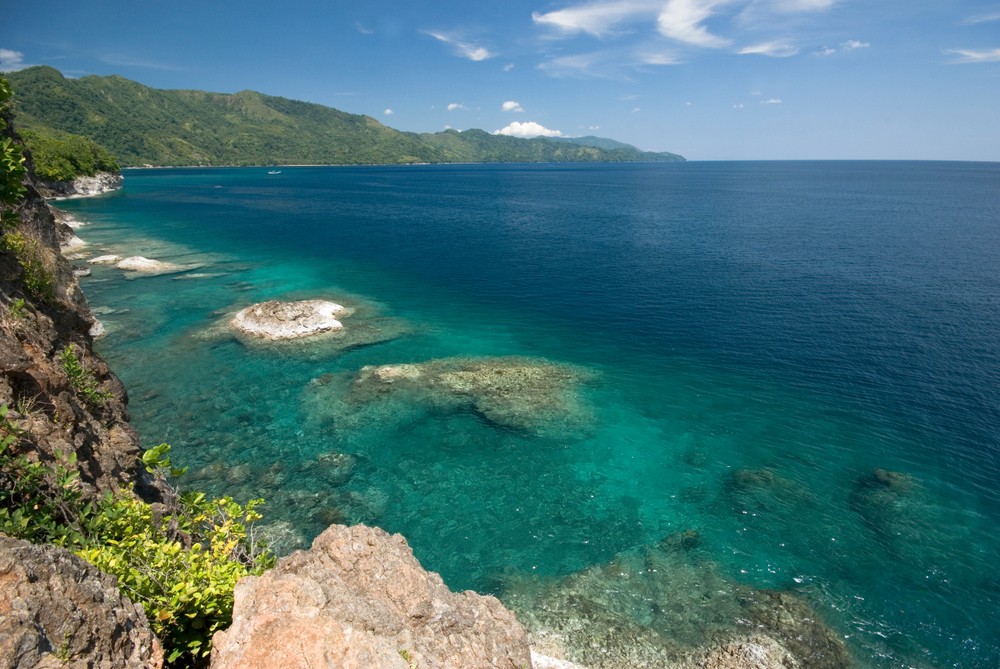Popular Reads
Top Results
Can't find what you're looking for?
View all search resultsPopular Reads
Top Results
Can't find what you're looking for?
View all search resultsTwo new UNESCO creative cities: What challenges do Hanoi and Ambon have in common?
Despite differences, the two Southeast Asian creative cities have given modest attention to disadvantaged groups, such as disabled communities, people with HIV/AIDS and LGBT individuals.
Change text size
Gift Premium Articles
to Anyone
Ambon in Maluku and Hanoi recently joined the UNESCO Creative City Network (UNCCN).
The two cities have been facing a similar concern to materialize the notion of creativity that can synergize an array of creative actors, relevant technologies and local identities. A need to interconnect these into a working network emerges in response, while extant cultural values and beliefs become the sources that the actors deem pertinent to informing policies.
Ambon and Hanoi position their creative identities in music and design, respectively. Diverse actors, including creative workers, artists, related governmental, non-governmental and multilateral agencies and academics, put together the effort to better develop the creative industry in the cities.
Ambon aims to become a hub for the creative industry in eastern Indonesia, repainting its image after over a decade of living in violent conflict in 1999. Hanoi emphasizes designs for building the nation, which has undergone exponential economic growth since joining the World Trade Organization (WTO) in 2007.
Read also: UNESCO names Ambon 'city of music'
Although creative practices are not new in both cities, the new position in the UNCCN calls for diverse actors to synergize, connect and act collectively to tackle the sporadic nature of creative works. Creative actors have various interests; some are competing, but resolvable. Some are philosophical in nature, requiring more fundamental reconciliations.
Fieldwork in Ambon in early 2017 demonstrated that despite a strong notion to move together to better the city, tension between preserving the culture and growing the local economy emerged among creative actors. The use of traditional symbols and motives would potentially de-sacralize their meanings. The focus on economic growth would trigger unhealthy competition and corrode the genuine meaning of creative work.
The spirit of a creative city in Ambon has been celebratory and focused on economy. The goal was to rebrand the city given its dark past. An effective network of collaboration between different entities is shaky despite the common goal. The government has its own version of Ambon as the city of music. The musicians point out a lack of economic and political support amid the slogan.
Like Ambon, observations in Hanoi in the last quarter of 2019 showed that creative actors had been seeking a model for synergizing different interests. Unlike Ambon, Hanoi, being a capital city of Vietnam, has more access to national and international actors, with the ability to shape policies and promulgate a rich, diverse collaborative network. UNESCO Vietnam has facilitated different actors to converse and collaborate in informing policies and practices.
The creative industry in Hanoi ties with the notion of nation building. It is a strategy to promote an identity that reflects the intention of the founding father to move forward collectively as a society. The creative industry thus is a means to be economically prosperous without unrooting the nation from its original reason of being. As such, the creative industry extends the agenda to strengthen the nation’s geopolitical, economic and socio-cultural positions.
Despite differences, the two Southeast Asian creative cities have given modest attention to disadvantaged groups, such as disabled communities, people with HIV/AIDS and lesbian, gay bisexual and transgender (LGBT) individuals. These groups, considering extant socio-cultural stigma, have been conditioned to engage in creative, casual sectors as formal sectors are unable to accommodate their need, talent and identity. Given that, learning from their struggles and resilience can offer ways of mainstreaming creative practices.
Friction is expected, particularly in reconciling the creative actors’ philosophical views and the urge for economic growth. Whether a top-down or bottom-up approach is more appropriate to establishing the network remains blurry.
In Ambon, grassroots actors were speedy motors for making the city of music, given the belief that the local government was slow and inconsistent in seriously implementing the slogan. Later, a mixed of the two approaches arose. In Hanoi, a top-down approach was more apparent, as reflected in the national and international agencies’ engagements with the grassroots, local creative actors. Meaningful grassroots roles are apparent. Yet, given the country’ socio-political circumstance, a top-down approach is more evident.
By comparison, it is clear that both cities intend to amplify the identities they aim to preserve, form and transform. Extant resources, talent, values and beliefs are roots of creative works and the collaboration that ensues. With that in mind, an over focus on mass production for economic growth potentially leads to discontinuity and disappearance of local identities. In a broader context, creative cities shall fundamentally focus on the continuity and transformation of their identities over time.
Such an understanding shall inform policies and ways of strategically communicating them to diverse actors. The policies that recognize local practices, needs, wisdom and values are imperative for reconciling different interests. The need to grow economically, particularly in an emerging market such as Vietnam, is inevitable. Creative cities in the making can still achieve that without compromising the things that define them uniquely. (kes)
***
Abdul Rohman is a lecturer at the School of Communication and Design, RMIT Vietnam.











